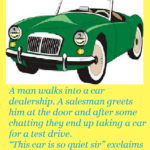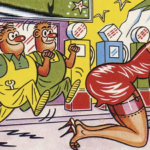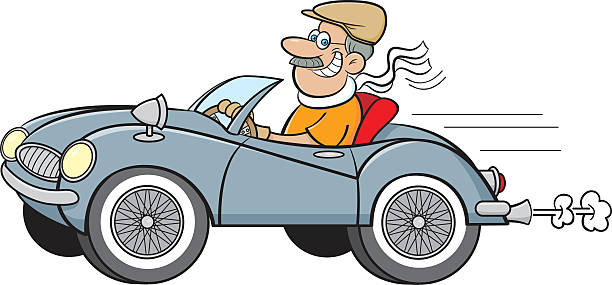If we are completely honest, we have to admit that we have gotten used to one or the other mistake when driving over time. Some mistakes we make are probably not perceived as such. Nevertheless, they can expose our car unnecessarily to higher wear or, in the worst case, even endanger us or other road users.
1 Incorrect seating position
In 2009, a joint study by TÜV SÜD and Techniker Krankenkasse found that around 75% of all motorists were not sitting correctly at the wheel. Sitting behind the wheel incorrectly can not only cause back pain and tension, but also result in serious injury from the airbag in the event of an accident.
When sitting, make sure that your eyes are at about half height with the windscreen and that the instruments are easy to read. The driver should sit with his buttocks as close as possible to the backrest, whereby the knees must not be stretched when passing through the pedals. In addition, you should always sit upright and the shoulders should always keep in contact with the backrest when steering. For example, you can find more tips for proper sitting here .
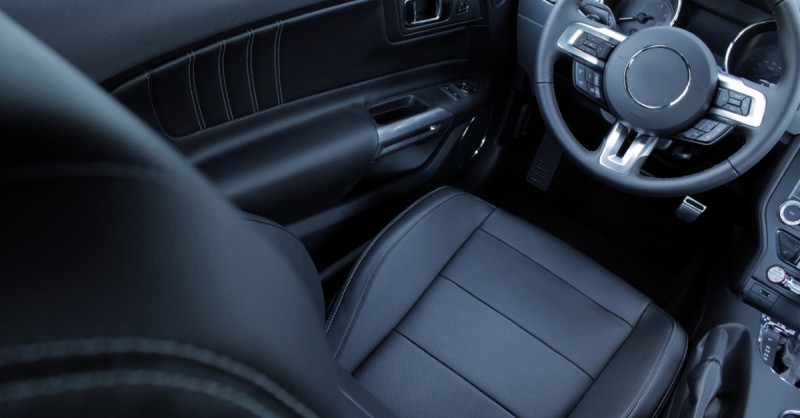
2 hand on the gear lever
The resting of the right hand on the shift lever can damage the transmission because the shift fork thereby constantly presses on the shift sleeve. In particular, in a transmission with classic shift linkage, this can lead to premature wear. In addition, you should always have both hands on the steering wheel.
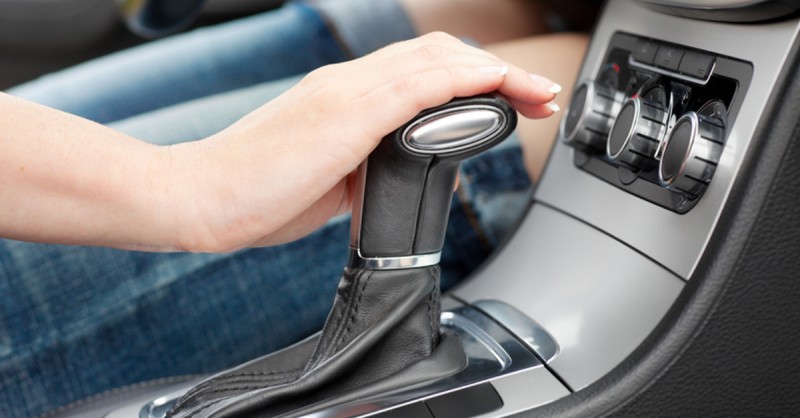
3 Clutch occur
Some people even get through the clutch at red light at the traffic light, for example, to let go the first gear, so they can drive faster or to outsmart the automatic start / stop of the car.
Pushing the clutch constantly does not damage it directly, but instead the release bearing on which the entire force of the clutch spring rests and which is not designed to endure such energy permanently. If this part should break, the complete coupling often has to be replaced.
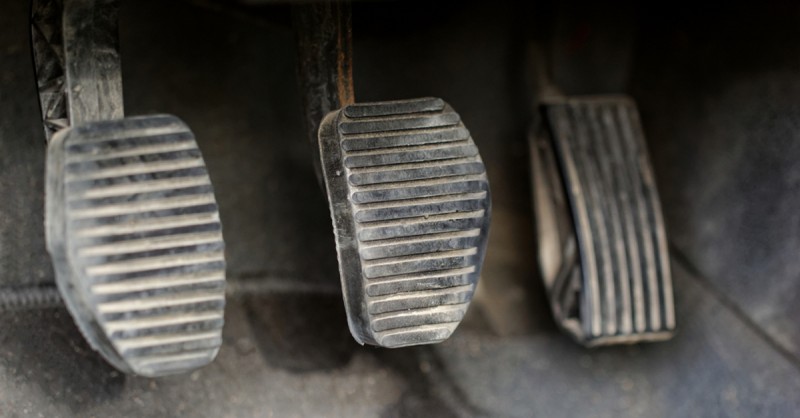
4 Steer while standing
Especially in tight parking spaces, it can sometimes be unavoidable to steer in the state. But at least the car should roll easily, because the steering forces are higher in the state and thus a greater energy is applied to the technical components, which can lead to increased wear.
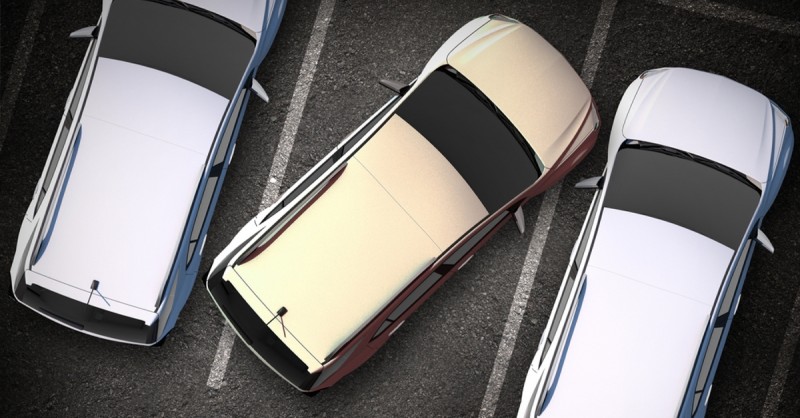
5 Snow on the roof
Anyone who does not free the roof of their car from the snow in winter must expect a fine of 25 euros. Because in a braking maneuver, the snow from the roof on the windshield slip and thus hinder the driver’s view. But even for behind-the-clock cars, the snow from the roof of their front man can represent an unnecessary source of danger.

6 Wrong shoes
According to a study conducted in 2015 by a large insurance company, 25% of women and 13% of men occasionally wear flip-flops while driving. One in four claims to have been stuck with these shoes ever in the doormat, one in five has already slipped off the pedal.
The motor vehicle liability insurance takes over the accident costs, regardless of footwear. However, the fully comprehensive insurance, which covers the damage to your own car, with inappropriate footwear of the driver could limit or refuse the benefits.

7 Warm up the engine while stationary
To warm up the engine during the winter so that the interior warms up during the ice-scraping, one should not only refrain because it prohibits the StVO, but because it damages the engine on top of that.
Since the engine becomes much slower warm at idle speed, the oil stays thick longer and does not reach all lubrication points, which, for example, the plain bearings rub against each other unlubricated. In addition, the fuel condenses, so the engine more of it must be added. In addition, the exhaust may rust more quickly because condensation collects in the cold exhaust tract.

8 Hat rack
Even smaller objects lying unsecured on the parcel shelf can become dangerous missiles in the driver’s cabin in the event of an impact.

9 Brake downhill
If you brake lightly but continuously on a downhill stretch, you overuse the brake discs and pads, as they heat up and wear out more quickly. Instead, it is better to brake less often, but more firmly, which allows the brakes to cool during taxiing. As an alternative, of course, offers the engine brake: so just downhill a smaller gear.

10 distraction
In 2015 alone, every tenth accident on the road leading to fatalities was due to distraction. In addition to the operation of technical devices such as the smartphone or the navigation device, this includes, for example, the dispute with the passenger.

11 Air pressure
Too little tire pressure can result in premature wear of the tires, higher fuel consumption and a longer braking distance. In addition, the car can get skidded faster, and the tires get hotter faster due to the higher so-called “flexing work”.

12 Do not blink
Regardless of whether you are changing lanes on the freeway or turning in the city center, there is an increasing perception that you do not have to set the turn signal unless other road users are in the immediate vicinity. However, this is a mistake and can lead to the ugly habit of generally forgetting to blink.

